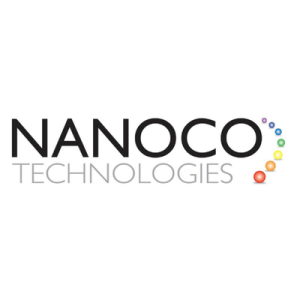Quantum dots (QDs) are man-made semiconductor nanocrystals with unique optical and electronic properties. They can transport electrons and emit light in various colours, depending on their size and structure. The first QDs were developed in 1981 at the Vavilov State Optical Institute, with further advancements by Louis E. Brus’ team at Bell Labs in 1983, who coined the term “quantum dot.” Moungi Bawendi, Louis E. Brus, and Alexey Ekimov were awarded the Nobel Prize in Chemistry in 2023 for their pioneering work on QDs.
These nanoparticles have a wide range of applications, including single-electron transistors, solar cells, LEDs, lasers, single-photon sources, quantum computing, cell biology, microscopy, and medical imaging. Due to their photoluminescent and electroluminescent properties, QDs are commonly used in TV screens and are anticipated to play a significant role in next-generation displays.
QDs excel in optical applications due to their bright, pure colours, ability to emit a spectrum of colours, high efficiency, longer lifetimes, and high extinction coefficients. They outperform organic luminescent materials used in OLEDs regarding colour purity, longevity, production costs, and power consumption. Additionally, QDs can be deposited on almost any substrate, allowing for printable and flexible displays.
Adjusting the size of QDs enables various applications. Larger QDs shift towards the red spectrum and exhibit fewer quantum characteristics, while smaller QDs facilitate more complex quantum phenomena. QDs are also potential active components for thermoelectrics and qubit implementations in quantum information processing. High-quality QDs have a narrow emission spectrum and broad excitation profiles, ideal for optical encoding and multiplexing.
As zero-dimensional structures, QDs have a concentrated density of states, allowing electronic devices to operate at higher speeds with reduced electron travel distances. Applications leveraging these electronic properties include solar cells, transistors, ultrafast optical switches, logic gates, and quantum computing.
Nanoco Group PLC (LON:NANO) leads the world in the research, development and large-scale manufacture of heavy metal-free nanomaterials for use in displays, lighting, vertical farming, solar energy and bio-imaging.


